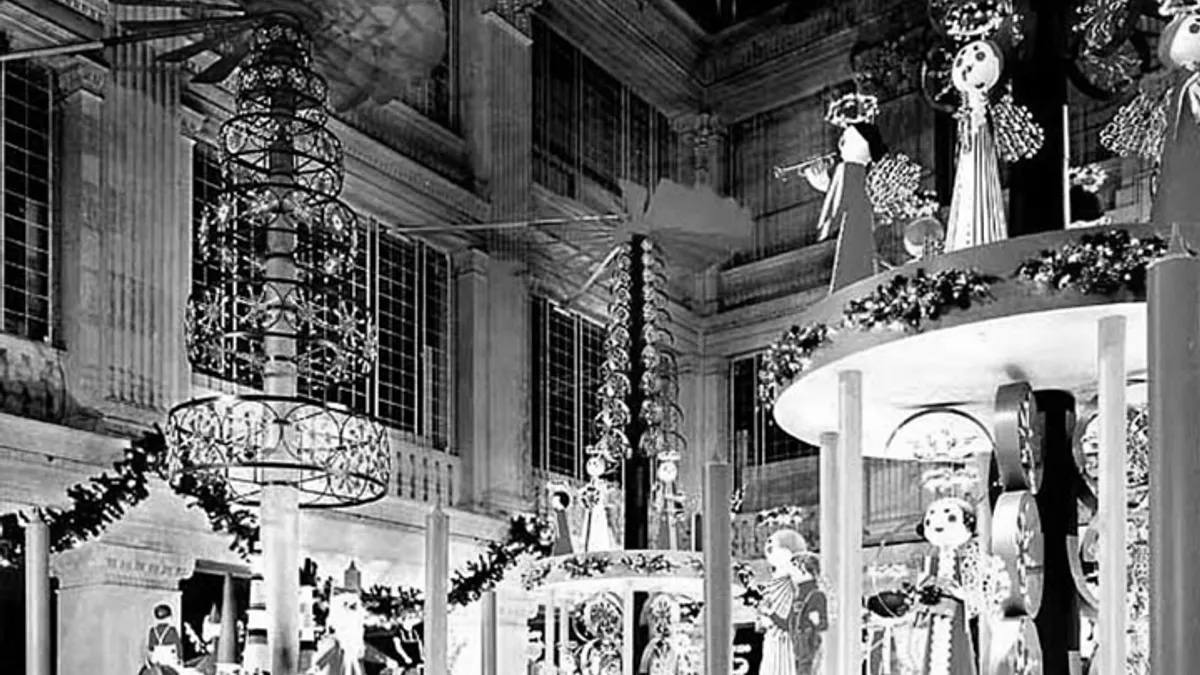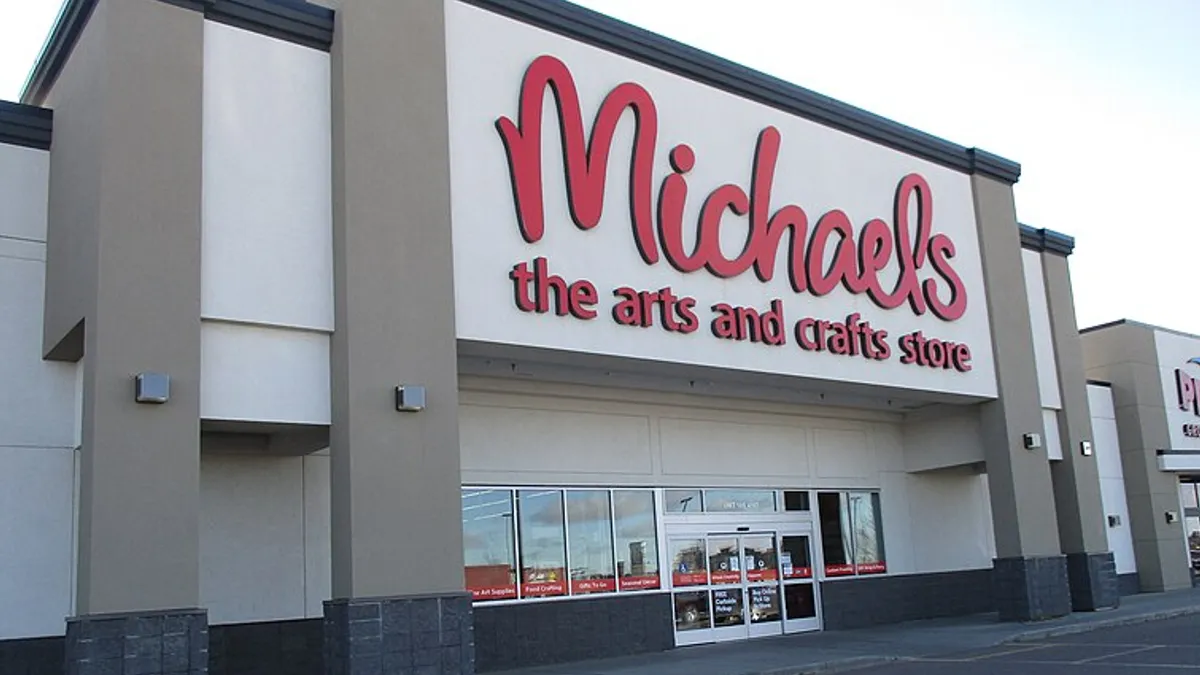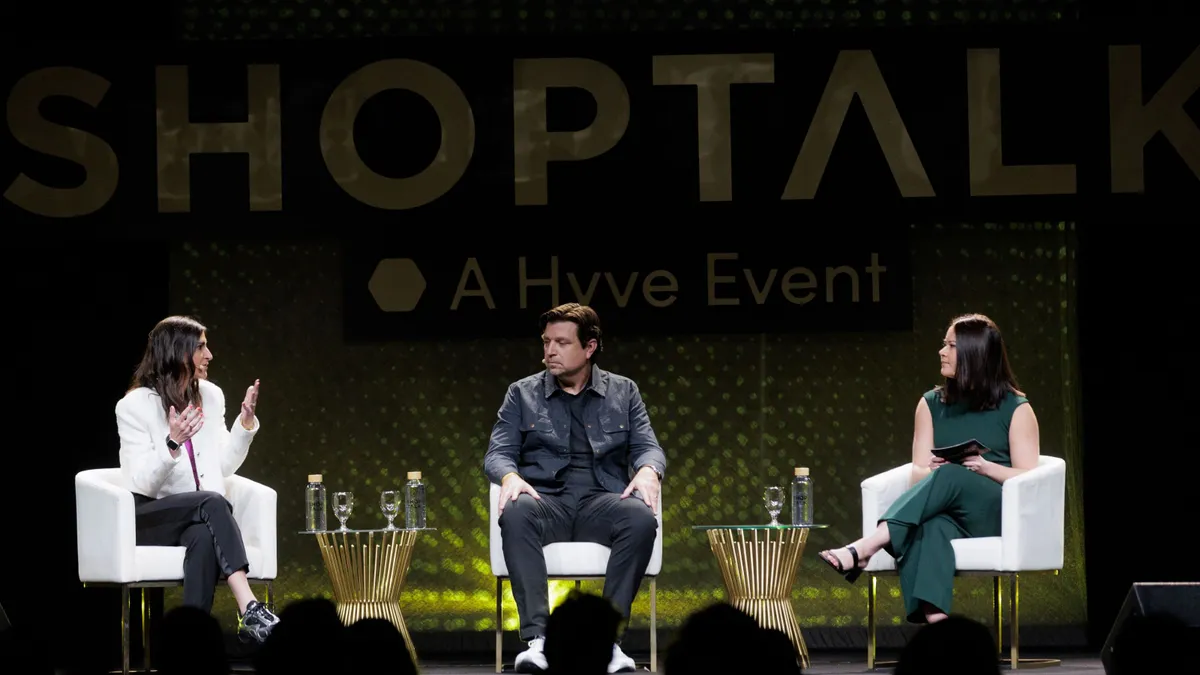Macy's Herald Square in New York City arguably launches the holidays, not just for the department store or even retail, but for a lot of people around the world.
Its Thanksgiving Day parade does the launching, that is — an event that has been televised since 1948, a year after the movie "Miracle on 34th Street" also helped seal its connection to the season, which remains strong decades on.
That close association between a department store and the wonder of the holidays isn't just a Macy's thing. It used to be a given everywhere, in each city of the United States. Local department stores went all out at Christmastime, according to Bruce Kopytek, who has written books about their history and maintains the "Department Store Museum" blog. During their heyday, those retailers created special events and spectacles for children and families that didn't overtly involve shopping.
Some events, like parades and tree-lighting, have been taken over by municipalities as civic ceremonies, Kopytek said. Others have disappeared. Dillard's still has some "Mr. Bingle" merchandise at the holidays, for example, but that's a mere remnant of the phenomenon that character once was, as developed by New Orleans department store chain Maison Blanche, which Dillard's acquired and renamed, according to Kopytek. Stores reserved rooms for children to choose gifts for their parents or siblings while their parents shopped, or ran kid-size monorails for them to ride high above the floors, he said.
Department stores like Rhodes in Portland, Oregon, held special events for children that went well beyond sitting on Santa's lap.
"In places with more than one department store, loyalty was intense. People would have arguments about whose was the 'real Santa Claus,'" he told Retail Dive in an interview. "The by-product was that they would make a lot of money, but it wasn't presented that way. The idea was that you just had to draw in the customers, and you had the merchandise that they wanted."
The events were a reflection not just of the holiday, but also of local culture, which informed what food and festivities the stores offered, according to retail consultant Sanford Stein, author of "Retail Schmetail," who said that much of that was erased as so many of those retailers were taken over and rebranded as Macy's.
"There are a whole lot of folks my age and slightly younger that have those memories, from all over the country. Families made those trips to those stores, and they were treated to a level of experience, of wonderment, of beauty — of excellence in merchandising — that involved mixing art and commerce," he said in an interview. "What we did to those experiences, they were neutered, they were nullified. It was one of the most short-sighted moves, done without thinking. So we all have those transformational, indelible experiences in our childhood that were not necessarily something that our kids could experience."
These were profound experiences that ignited loyalty in children, and that stuck with them into adulthood, Kopytek said. It was a remarkable marketing achievement that Amy Vener, retail vertical strategy lead at Pinterest, believes could serve as a model in e-commerce, where convenience and a "frictionless experience" reign, to bring discovery to visual search. Speaking to a Shoptalk audience in March, Vener described holiday visits to Minneapolis department store Dayton's as full of "magical wonderment," (words that kept coming up in reporting this story).
"The focus wasn't on transactions," she said of the store's events, which for her family always culminated in bringing home the annual Dayton's "Santa Bear" collectible. "The physical store always has a spark of joy or inspiration. In e-commerce we are focusing on transactions, when the consumer wants to do more than just transact."
The holidays do remain a major marketing event for physical retailers, especially where the likes of Macy's, Bloomingdale's and Bergdorf Goodman run flagships. Department store windows in New York remain an attraction. (Although, Kopytek notes, one of the most spectacular sets of displays will be missing from Fifth Avenue this year because Lord & Taylor's flagship was sold to coworking company WeWork in February.) Macy's San Francisco store last year invited in kittens and puppies from the SPCA. Saks Fifth Avenue says its window designers this year are turning to the inevitable popularity of Disney's Frozen 2 for inspiration.
Elsewhere, the suburban mall has taken over the role of master of ceremony, and the venue for a visiting Santa, with less fanfare and to less effect. Mostly though, much of the fuss these days centers less on wonderment and magic, and more on price cuts, special deals and must-have items. That type of shopping actually requires little fuss, and is, rather, quite practical — light on discovery, heavy on price and convenience — and, as Pinterest's Vener notes, easily accomplished online.
It's also a reflection of a reality where many, if not most, American consumers have neither the time nor the money for frivolities, and where many retailers have lost sight of who their customers are, according to branding strategist Brian Kelly, president of consultancy Brian Brands.
"Shopper behavior has changed, in part due to economic realities, and generational tidal shifts that have fundamentally altered household formation," he told Retail Dive in an email, noting that baby boomers are no longer buying bigger homes, and their millennial children are staying in city apartments longer, delaying marriage and children. "Now [the attraction is] a well lit store, with open aisles to push a shopping cart, and a broad range of goods from grocery through home, all priced at an everyday, [low] price. So groceries are more important than Santa."
But Stein says there's plenty of room for storytelling in retail, and he believes people respond to it. It was at the heart of the old-school department store holiday activity, and it was also good for business.
"We know that emotion drives sales," he said. "Telling a story and creating an experience are key to selling and have been for much of the last 100 years. One of my mentors, one of the grand old retail designers of the 20th century, Ken Walker, was the one who first used the term 'retail theater' — and that's what it's really about. It's about creating an experience where the product is a player, but not the be-all and end-all."






















